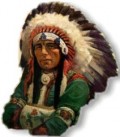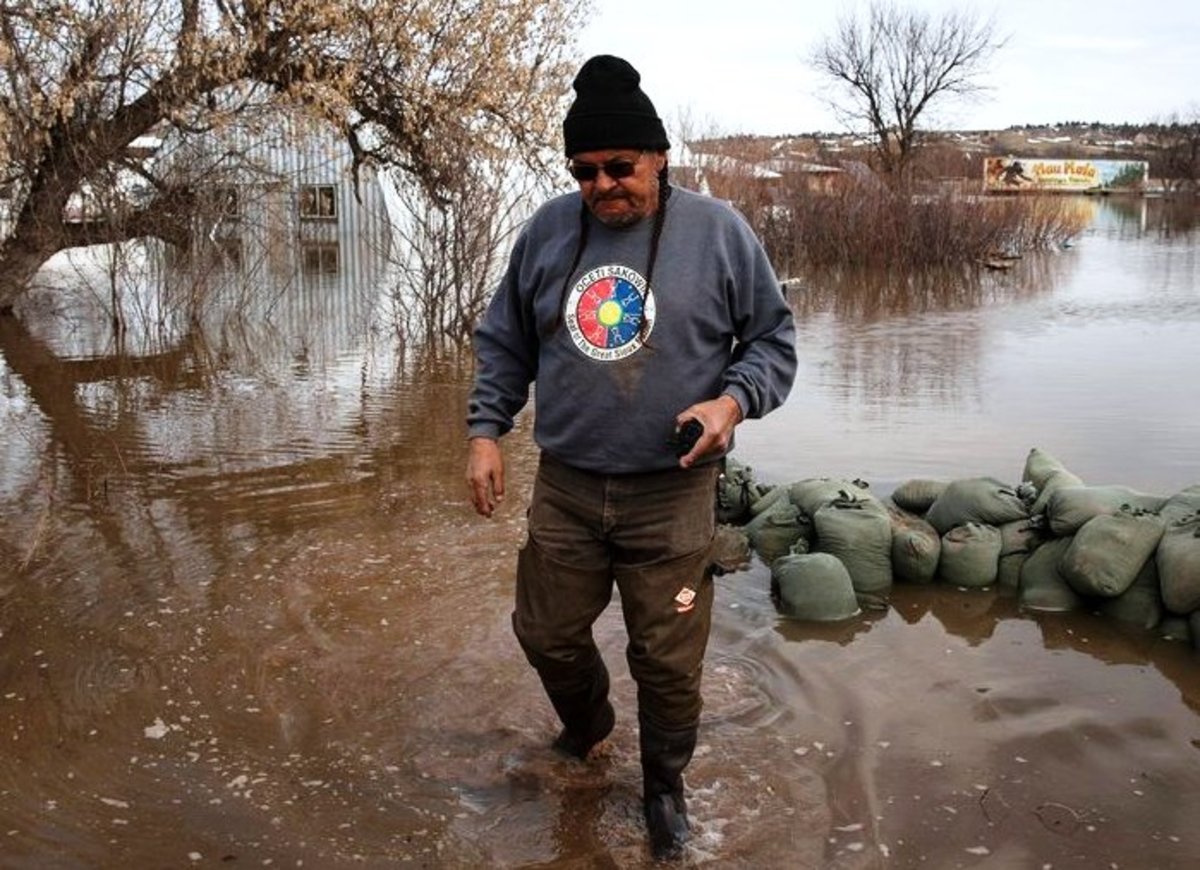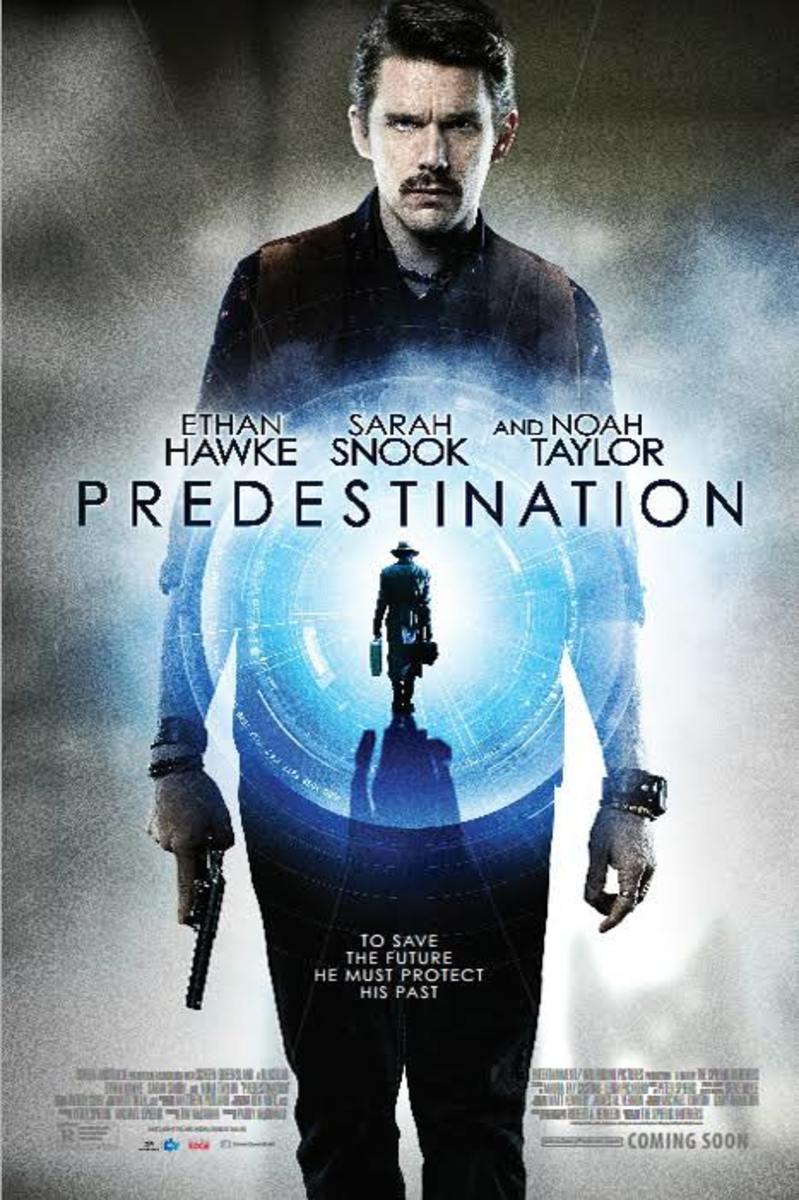The Interpretation of Native American Indians in Hollywood Films
Native American Indians get no respect

A Look At how Native Americans Have Been Portrayed on Film
Over the years, the film industry has been guilty of promoting many stereotypical portrayals of various races, including the Asians, the Blacks and the subject of this hub, the Native American Indians. Hollywood has been referred to as the second greatest enemy of the Indian Nations next to the Government itself. Although the track record of the film industry toward the Indian people has improved immensely of the last few decades, it still did plenty of damage. And does it now give us an honest view of Native American culture or are the stereotypes merely changed to something more well intentioned but ultimately inaccurate?
Lets take a look....
Back in the 1890's, before there ever was a proper film industry, Thomas Edison filmed documentary footage of Indians in a Pueblo Village and used these shots in a series of short films, shown to the public on the early Kinetoscopes. "Ghost Dance" (1894) was one of the first films ever made. However, those films were edited in such a way that they demeaned the subjects of the story and began the propagation of negative stereotypes that would become the standard for the industry for decades to come.
The first major, full length film about American Indians was the 1920 version of James Fennimore Cooper's famous novel "The Last of the Mohicans", directed by Clarence Brown. Like the novel, the Indians in the film are portrayed as both savage and noble. On one hand is the blood-thirsty Huron Magua, the film's villain who is the epitome of primitive barbarism. He's so loathsome that white woman faint when they get too close to him.
On the other side of the spectrum we have Hawkeye and Uncas. Uncas is a full-blooded Mohican Indian and has a good heart, yet he is simple and mono-syllabic. His infatuation with white heroine Cora and unsuccessful attempts to win her favor reveal an almost child-like innocence to his mentality. Uncas is a follower to his smarter adopted brother Hawkeye. Hawkeye is a white man raised by Indians and is better at everything they do than the Indians are. He is the hero of the story, despite it being about Mohicans.
One aspect of the story is the inference that an interracial relationship between white and Indian is doomed and will lead to disaster for both. Uncas' mild, innocent relationship with Cora is never allowed to develop because both of them die, as if by divine punishment for their transgression.
Another silent era treatment of the American Indians was a trilogy of films called "the Vanishing American" (1925). this trilogy seemed to advocate the position that the extinction of Native American culture was necessary for the white-ruled United States to prosper and reach its peak potential. The second installment of the trilogy features "the Great Plainsman" Kit Carson, a white man who is described as a friend to the Indian, even while he helps strip them of their land. In the third segment, the so-called "smartest Indian", Nophai comes to recognize the superiority of Christian values over his own culture.
These stereotypes were carried into the sound era. Sound helped exaggerate many of the worst stereotypes of Indians. Now that we get to hear Indian conversations, we find that they are either monosyllabic or that they speak in purely White-hating cliches ("We must Kill the White Man"!) Another aspect of the sound era was the addition of the 'War Whoop' that accompanied every Indian attack. The 'War Whoop' became as much of a written-in-stone image of the Indians as the head-dresses, arrows and scalpings.
The first hugely successful sound film to perpetuate the savage Indian image was director John Ford's Western classic "Stagecoach" (1939) starring a young John Wayne. John Ford would become the Godfather of Western films, practically owning the genre (The way Walt Disney "owned" Animation genre and Hitchcock "owned" the suspense thriller genre.) Ford's films helped form America's view of what indians were supposed to be like.
"Stage Coach" showed a small group of travelers trying to get through hostile Indian territory to reach the safety of Lordsburg, all the while fearing the bloodthirsty Geronimo (Described as "A Butcher") and his warriors. We see burnt down cabins and we hear of the off-screen atrocities committed by the 'evil' Geronimo. The Indian leader remains an ominous, unseen presence until the end.
The climactic attack of Geronimo and his forces against John Wayne and the people in the stage coach is an iconic movie moment. The Indians relentlessly pursue the unimportant coach, determined to destroy it for no apparent reason. Our heroes in the coach defend themselves with expert marksmanship and pick off dozens of Indians who continue to ride haphazardly in the line of fire, reducing the warriors to nothing more than gun-fodder for the heroes.
The idea of capture by Geronimo and his men is so horrible that one of the men in the coach is prepared to shot a female passenger rather than allow her to be taken and violated by the savages. The final iconic image is the US Cavalry riding over the hill, trumpets blaring, coming to the rescue of the besieged coach riders and driving off the evil Indians.
"Stage Coach" set the standard for Indians on film. They were seen mostly as a natural obstacle to the US colonization of the American continent. They existed as a way of proving the heroism of the film's hero who overcomes a fierce opponent to claim the land of his destiny. And almost invariably, the Indians were portrayed by non-native actors.
To be fair, some films of the time did portray the White settlers as being equally antagonistic. For example "They Died With Their Boots On" (1941) a revisionist and inaccurate version of Custer's last stand shows Custer (Errol Flynn) trying to keep the peace between the US military (Egged on by crooked American businessmen who are cheating the Indians) and the Sioux, led by Crazy Horse. Despite the idealized interpretation of Custer, its the white businessmen who are the real villains here. However, Custer ends up killed by the Indians despite his efforts to help them. Therefore, the Indians end up looking bad anyway.
"Fort Apache" (1948) the first chapter of John Ford's Cavalry Trilogy, was another film that gave us the US as the real villains of the tale. Henry Fonda portrays racist army Col. Thursday who is aggressive toward this race he considers inferior and instigates a war. The Indians are mostly portrayed as well spoken and dignified. The biggest flaw with the film is that it goes the usual route of having a white man save the Indians. In this case, its Capt. York (Played by John Wayne) who seeks to keep the peace and prevent an Indian massacre. The White men are both hero and villain, reducing the Indians to mere props in the battle of values between Fonda and Wayne.
One of the most revered westerns is John Ford's "The Searchers" (1956) also starring John Wayne. In this film, Indians kill a white family and kidnap the young daughter. Wayne stars as rugged Indian Fighter Ethan who spends many years relentlessly searching for his missing niece. Our hero is vehemently anti-Indian, blatantly racist and quick on the trigger. Indian are the hero's prey. When he finally finds the girl (Natalie Wood) she has been corrupted to the Indian's heathen ways, much to Ethan's chagrin. The movie indicates and strong resistance to the idea of inter-racial mating.
In the 1950s a pair of films were produced based on the popular "Lone Ranger" TV series. As in the television program, the films featured the Lone Ranger's Native American sidekick Tonto. Tonto is described as the Ranger's "Faithful Indian companion". Tonto dutifully does whatever the Ranger tells him to do, as if he were a servant rather than a friend or companion. Although Tonto was always brave, honest and loyal, he was subservient to his white friend and he spoke in a stereotypically mono-syllabic way.
Things started to change for the Indians regarding their on-screen image during the turbulent sixties. The decade of Vietnam, Woodstock and Martin Luther King changed the status quo in America in many ways, including the Hollywood way of doing things. Indians were finally recognized as an oppressed minority.
This didn't necessarily mean that we were getting a totally realistic portrayal of Indians but at least it was far less negative than before. Indians were seen as victims rather than villains. More weak than evil.
Arthur Penn's "Little Big Man" (1970) gave us a sympathetic look at the Indians from the other side of Custer's Last Stand. Its Custer and his men who are ruthless, bordering on insane, and the American government is seen as untrustworthy and devious. However, once again we get a white hero (Dustin Hoffman) rather than a native American one.
"Little Big Man" is essentially a anti-War film, produced as a metaphor of the Vietnam war. The oppressed Indians were relatable to the struggles of Blacks during the civil rights protests of the 60's.
Another film to come out that same year was "A Man Called Horse" (1970) starring Richard Harris as a white man who is captured and enslaved by an Indian tribe only to eventually rise up and become their leader. The movie was seen by some as using the Indians for the 'cool factor' of the time and ignoring the realistic details of their plight. Also, as is often the case on film, a white man becomes the ruler and savior of the Indians. Several sequels to this film were made.
The Billy Jack films, starting with "Born Losers" (1967) gave us a rare look at a modern American Indian city boy (Tom Laughlin), who seves as the action hero in a series of films built around the Billy Jack character. This franchise is interesting in that is seems to both advocate and indict the use of violence.
An era was beginning when Native American Indian actors were being allowed to portray Native American characters, rather than the usual practice of non-Indians taking on these roles. Although work was far from plentiful for these actors, it was at least a start in the right direction.
The most celebrated modern film about Indians is Kevin Costner's epic "Dances With Wolves" (1990), a beautifully filmed, Oscar winning saga of a white man living among wolves and Native Americans in the post Civil-war west. The movie has been praised for its non-stereotype portrayal of Native people. However, it has also been criticized for focusing more on the white hero Lt. Dunbar (Costner) who falls for the only white woman living among the Indians--named "Stands With a Fist"--and leaves with her at the end. These events seem to make the Native Americans appear less important.
An excellent film about Indians is "the Fast Runner" (2001) based on a genuine Indian legend of a specific tribe (the Inuit) told in a style respectful to the culture. There are none of the usual stereotypes or ubiquitous white heroes here. This is a film about real Native Americans and its well done.
Perhaps the long-held image of Indian as either warrior or victim (often seen as having alcohol addictions) led to a new interpretation of Native Americans in modern films. In recent decades, Indian spirituality has been romanticized to the point of being mystical. Vision Quests and Shamanism have replaced old images of what we think of as Native American culture. Current views of American Indian culture make Indian nations seem like a sort of Hogwarts.
Another modern vision of Indians is as the spiritual guardians of the planet. Native Americans are seen as philosophers who are more attuned to the planet than are others and who speak poetic warning about the irreversible damage we are doing to our Earth Mother.






